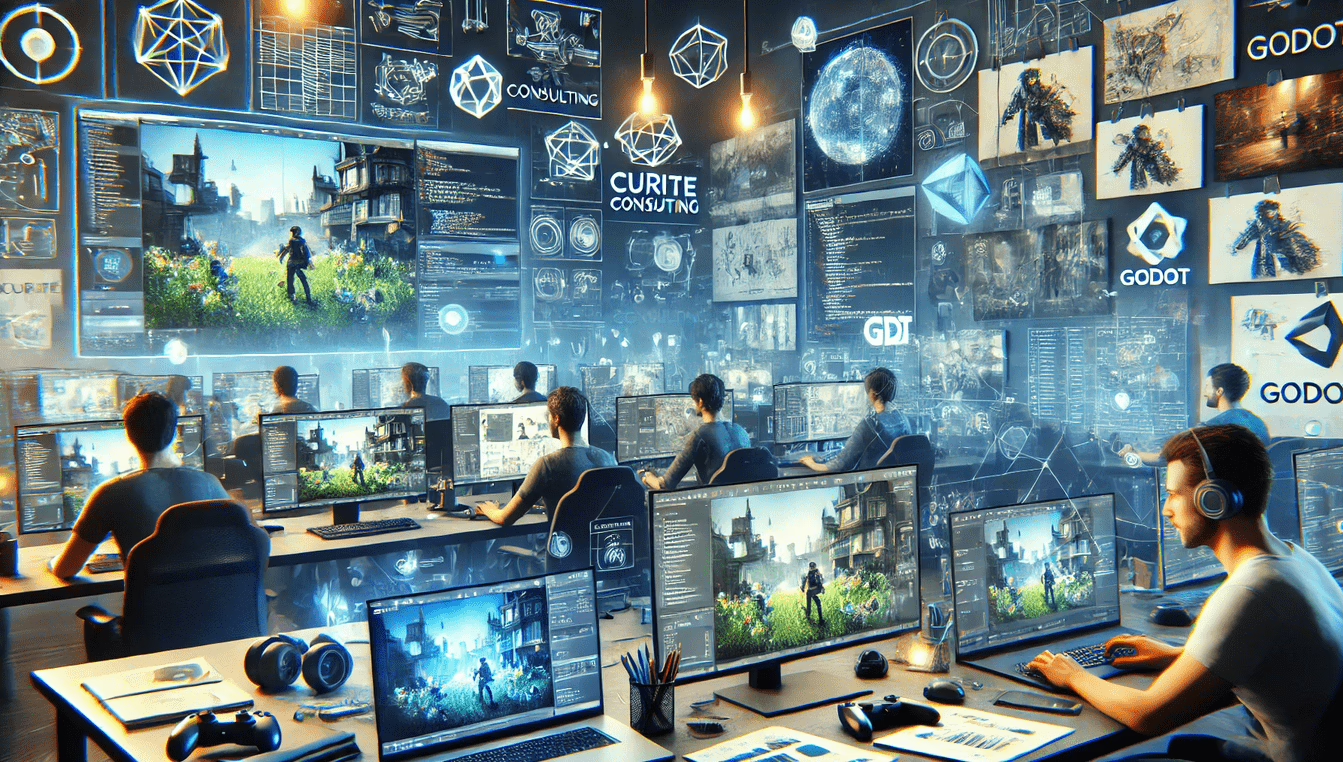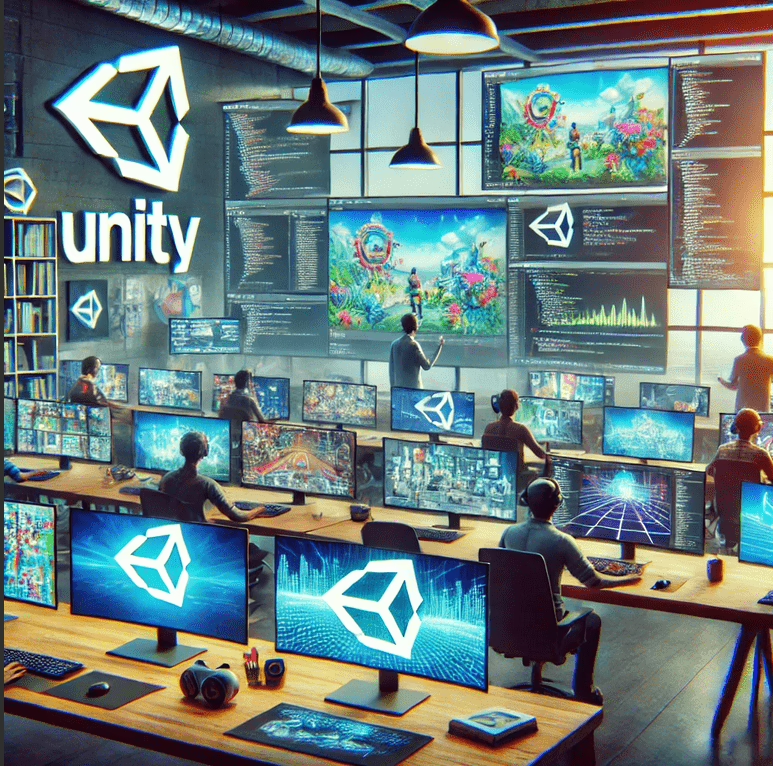Unlocking the Power of Godot: The Future of Game Development
The game development landscape is constantly evolving, demanding tools that offer both power and flexibility. Godot Engine has emerged as a frontrunner, providing a robust, open-source platform for creating games across various genres and platforms. This article explores how Godot is reshaping the industry, benefiting both businesses seeking innovative solutions and individuals pursuing a career in game development.
For Enterprise Leaders: How Does Godot Drive Innovation and Efficiency?
For businesses, Godot Engine presents a compelling alternative to traditional, often costly, game engines. Its open-source nature and versatile feature set translate to significant advantages.
- How does Godot’s open-source nature benefit businesses?
Godot’s MIT license grants complete freedom to use, modify, and distribute the engine’s code, even for commercial projects. This eliminates licensing fees and royalties, reducing development costs and providing greater control over the development process. Businesses can tailor the engine to their specific needs, integrating custom features and optimizing workflows without being constrained by proprietary limitations. This control fosters innovation and allows for the creation of unique gaming experiences. - What types of games can be efficiently developed with Godot?
Godot supports both 2D and 3D game development, making it suitable for a wide range of genres, from mobile games and indie titles to enterprise-level simulations and training applications. Its node-based architecture and visual scripting tools streamline the development process, allowing for rapid prototyping and iteration. The engine’s cross-platform capabilities enable businesses to target multiple platforms (desktop, mobile, web) with a single codebase, maximizing reach and reducing development time. - How can Godot contribute to faster time-to-market?
Godot’s intuitive interface, GDScript (a Python-like language), and extensive built-in tools facilitate rapid development cycles. The engine’s scene system allows developers to structure games as interconnected, reusable components, simplifying project management and promoting collaboration. This efficiency translates to faster time-to-market, allowing businesses to capitalize on emerging trends and gain a competitive edge.
For Professionals: How Does Mastering Godot Enhance Your Career?
For aspiring and experienced game developers, Godot Engine offers a pathway to a rewarding and future-proof career. Its growing popularity and industry adoption create numerous opportunities.
- What core skills are developed by working with Godot?
Proficiency in Godot equips developers with a valuable skillset, including game design principles, scripting (GDScript or C#), 2D and 3D game development techniques, and cross-platform deployment. The engine’s node-based system fosters a strong understanding of game architecture and modular design. Godot’s visual scripting tools also make it accessible to those with less programming experience, broadening the pool of potential creators. - What career paths are available for Godot developers?
Godot expertise opens doors to various roles in the game development industry, including game programmer, game designer, technical artist, and QA tester. The demand for Godot developers is increasing as more studios adopt the engine, particularly in the indie game scene. Furthermore, the skills acquired through Godot are transferable to other areas of software development, such as interactive media and simulations. - How does Godot’s open-source nature foster career growth?
Godot’s vibrant and supportive community provides a wealth of learning resources, tutorials, and collaborative opportunities. Contributing to open-source projects, such as Godot, demonstrates a developer’s skills and passion, enhancing their portfolio and visibility within the industry. The ability to customize and extend the engine also allows developers to create unique tools and workflows, showcasing their creativity and problem-solving abilities.
Conclusion: Godot – A Powerful Engine for the Future
Godot Engine is more than just a game engine; it’s a catalyst for innovation and a gateway to exciting career opportunities. Its open-source nature, combined with its robust feature set and ease of use, makes it a powerful tool for both businesses and individuals. As the game development landscape continues to evolve, Godot is poised to play a central role in shaping the future of interactive entertainment.












